Results
-
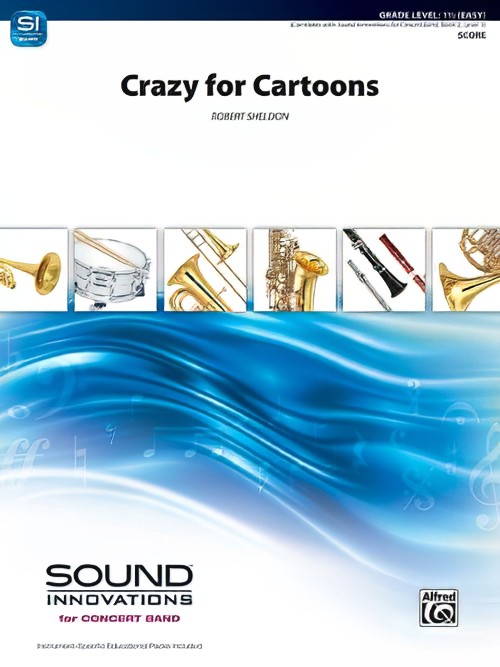 £49.95
£49.95Crazy for Cartoons (Concert Band - Score and Parts) - Sheldon, Robert
Not so long ago, a visit to any motion picture show always started with a classic cartoon that preceded the main event. These wonderful, wacky animated short features were accompanied by some of the most creative music of its time. Crazy for Cartoons reminds us of those simpler days, and the humour, drama, and action that were musically represented in those incredible soundtracks.
Estimated dispatch 7-14 working days
-
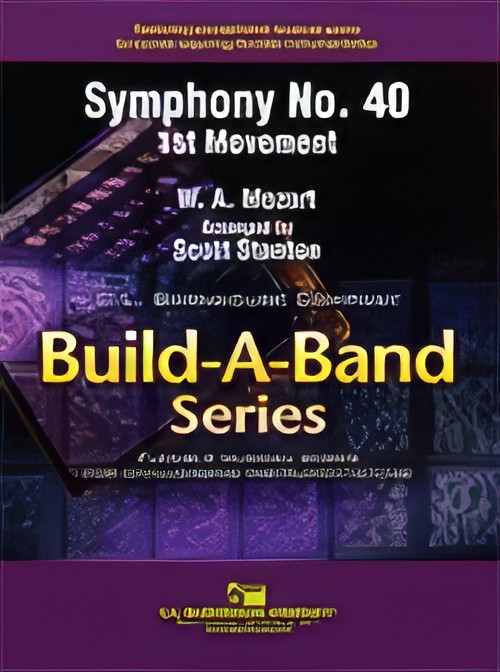 £60.00
£60.00Symphony No.40, 1st Movement (Flexible Ensemble - Score and Parts) - Mozart, Wolfgang Amadeus - Stanton, Scott
One of Mozart best known themes arranged by Scott Stanton for very small bands, and those with severe instrumentation problems. Will sound great as long has you have the four parts covered and optional guitar, percussion and keyboard parts can add to the overall effect. All students should be exposed to the great masters and this publication helps makes that possible! A real winner!Duration: 3.00
Estimated dispatch 7-14 working days
-
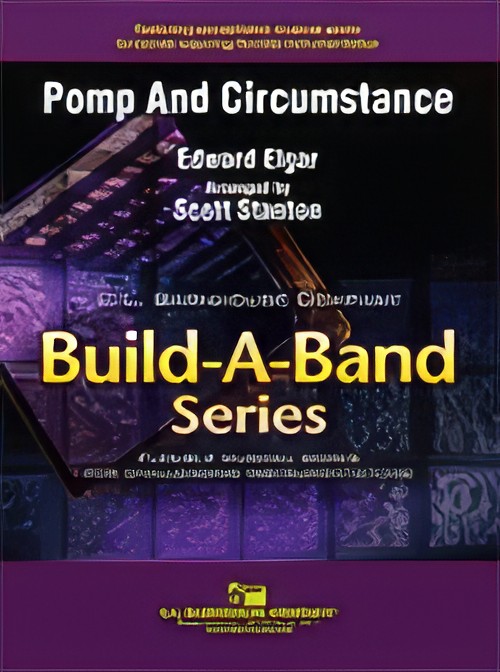 £60.00
£60.00Pomp and Circumstance (Flexible Ensemble - Score and Parts) - Elgar, Edward - Stanton, Scott
Now even very small bands or bands with severe instrumentation issues can give an inspiring performance of this classic piece for any graduation ceremony. Includes several options for repeats so that you can make it just the right length for any situation. Guaranteed to sound great as long as you have the four basic parts covered, and also includes optional percussion and keyboard parts that can enhance it even further.Duration: 2.15
Estimated dispatch 7-14 working days
-
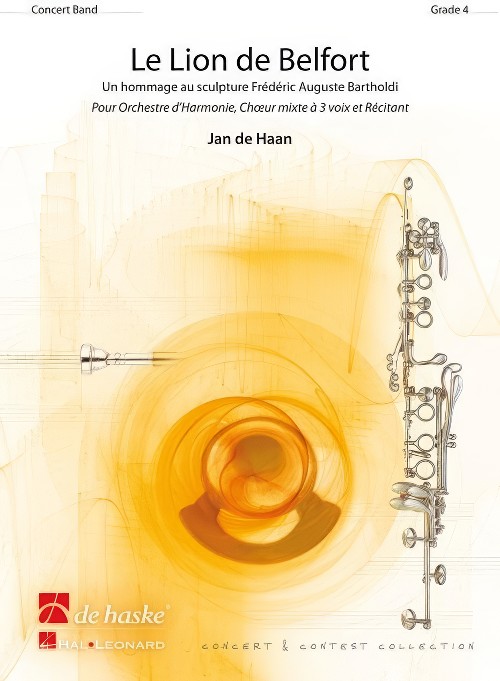 £42.50
£42.50Le Lion de Belfort (SAT/B Choral Octavo - Pack of 25) - De Haan, Jan
Le Lion de Belfort was composed for the official inauguration of the sculpture Le Lion de Belfort: an enormous red sandstone lion that dominates the landscape of the French city of Belfort. This 22 metre long and 11 metre high lion symbolises the heroic French resistance during the Prussian siege of Belfort in 1870-1871. The composer added a narrator and three-part choir to the concert band instrumentation, who utilise texts written specially for the occasion by Jean Ehret. The work's premiere took place at the inauguration of Le Lion de Belfort on 28 November 2010, 130 years after sculptor Frederic Auguste Bartholdi (1834-1904) completed the statue.Duration: 9:00
Estimated dispatch 7-14 working days
-
 £3.99
£3.99Le Lion de Belfort (SAT/B Choral Octavo) - De Haan, Jan
Le Lion de Belfort was composed for the official inauguration of the sculpture Le Lion de Belfort: an enormous red sandstone lion that dominates the landscape of the French city of Belfort. This 22 metre long and 11 metre high lion symbolises the heroic French resistance during the Prussian siege of Belfort in 1870-1871. The composer added a narrator and three-part choir to the concert band instrumentation, who utilise texts written specially for the occasion by Jean Ehret. The work's premiere took place at the inauguration of Le Lion de Belfort on 28 November 2010, 130 years after sculptor Frederic Auguste Bartholdi (1834-1904) completed the statue.Duration: 9:00
Estimated dispatch 7-14 working days
-
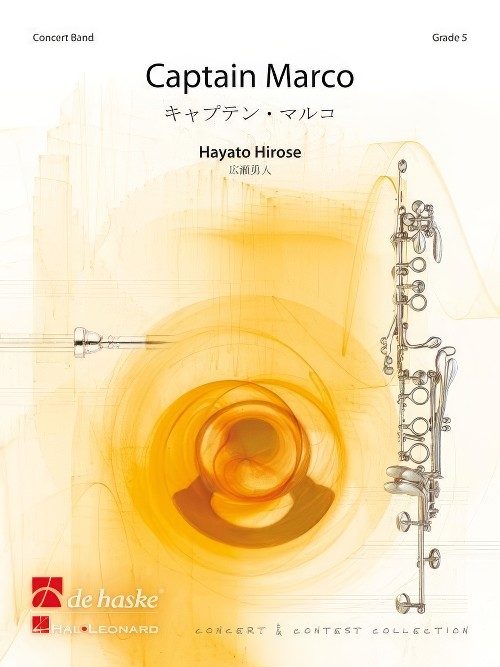 £202.99
£202.99Captain Marco (Concert Band - Score and Parts) - Hirose, Hayato
Hayato Hirose composed this dramatic piece based on the great journey of Marco Polo, Italian traveller and one of the first Europeans ever to visit Asia. In the 13th century, he made a long journey from Venice to Mongolia with his father. After his arrival, he was sent to the various regions in Asia by the Mongolian government to take notes about the culture, the people, and the way of life in those areas. Celebrate the life of this great explorer with this dynamic new concert work.Duration: 10:15
Estimated dispatch 7-14 working days
-
 £174.99
£174.99Le Lion de Belfort (Narrator, Choir and Concert Band - Score and Parts) - De Haan, Jan
Le Lion de Belfort was composed for the official inauguration of the sculpture Le Lion de Belfort: an enormous red sandstone lion that dominates the landscape of the French city of Belfort. This 22 metre long and 11 metre high lion symbolises the heroic French resistance during the Prussian siege of Belfort in 1870-1871. The composer added a narrator and three-part choir to the concert band instrumentation, who utilise texts written specially for the occasion by Jean Ehret. The work's premiere took place at the inauguration of Le Lion de Belfort on 28 November 2010, 130 years after sculptor Frederic Auguste Bartholdi (1834-1904) completed the statue.Duration: 9:00
Estimated dispatch 7-14 working days
-
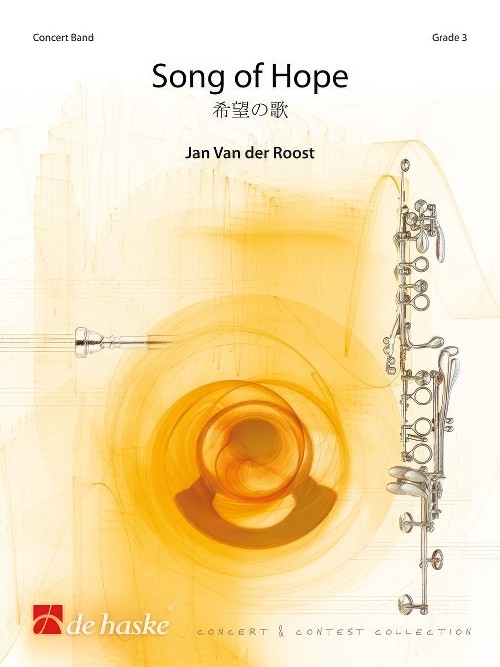 £104.99
£104.99Song of Hope (Concert Band - Score and Parts) - Van der Roost, Jan
2011 was a disastrous year for Japan: on March 11 the northeast of the country suffered a violent earthquake, which triggered a huge tsunami and caused massive damage to people and the environment. The ensuing problems with the nuclear reactor at Fukushima only increased the misery: a black day in the country's history... One almost inevitable consequence of such dramatic circumstances is the particular damage suffered by the cultural arts. And so it was in Japan: various high school wind orchestras in the effected areas lost their practice rooms and/or instruments. It will take a long time before the damage suffered is repaired - and it will take great effort to overcome the psychological effects, too. Focusing on the latter, Yutada Nishida (director of The Bandwagon radio program) asked a few composers for a simple work that could be played by many orchestras. It just so happened that the Osakan Philharmonic Winds (with whom Jan Van der Roost had conducted a concert exclusively of his own works on September 25th) had had a similar idea. This concert saw the baptism of Song of Hope. This piece immediately struck a chord with musicians and audience alike: it begins bleakly in the low register and evolves to a more open, optimistic close. There really is hope for better times!Duration: 4:45
Estimated dispatch 7-14 working days
-
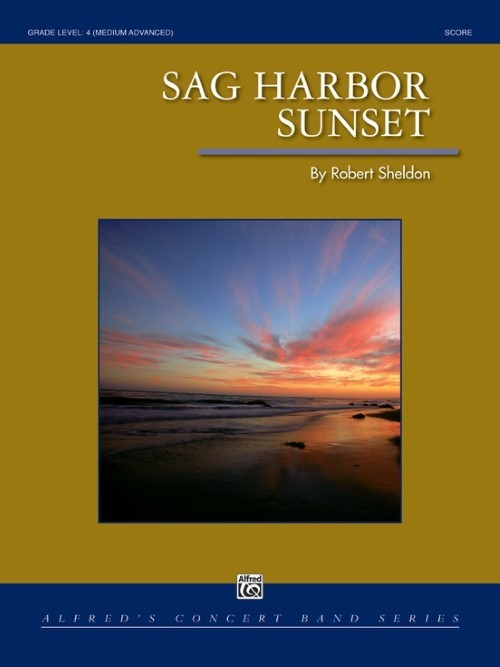 £60.50
£60.50Sag Harbor Sunset (Concert Band - Score and Parts) - Gassi, Vince
This thoughtful composition offers elements of musical reflection and artistic expression inspired by the beautiful sunsets along the shores of Long Island. Soft hues of colour to brilliant rays of light are interspersed with the calm, yet exhilarating feelings one experiences when witnessing the power, beauty, and peace of the sun disappearing over the horizon, signalling the end of the day.Duration: 4.30
Estimated dispatch 7-14 working days
-
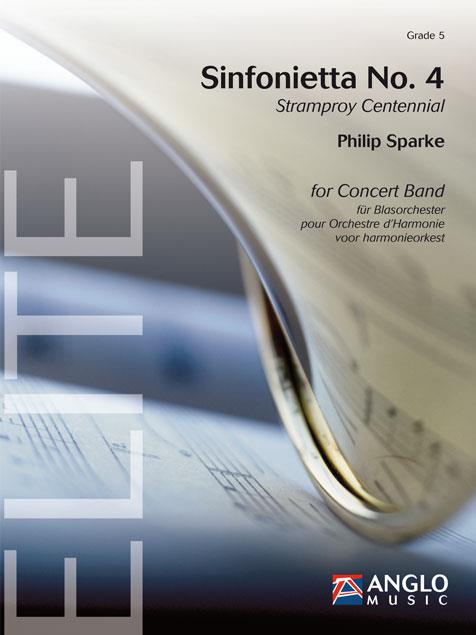 £306.99
£306.99Sinfonietta No.4 (Concert Band - Score and Parts) - Sparke, Philip
Philip Sparke's Sinfonietta No. 4 is comprised of three parts that are played as an uninterrupted whole. The first movement begins with a lyrical fugato passage, framing a brisker and more rhythmical middle section. The second movement is slower and contains a long and expressive euphonium solo. The third movement is a salute to the sponsor of this commission: various percussion instruments conjure up sounds reminiscent of a carpenter's workshop, accompanied by a unison orchestral passage in a scat style.Duration: 18:45
Estimated dispatch 7-14 working days
